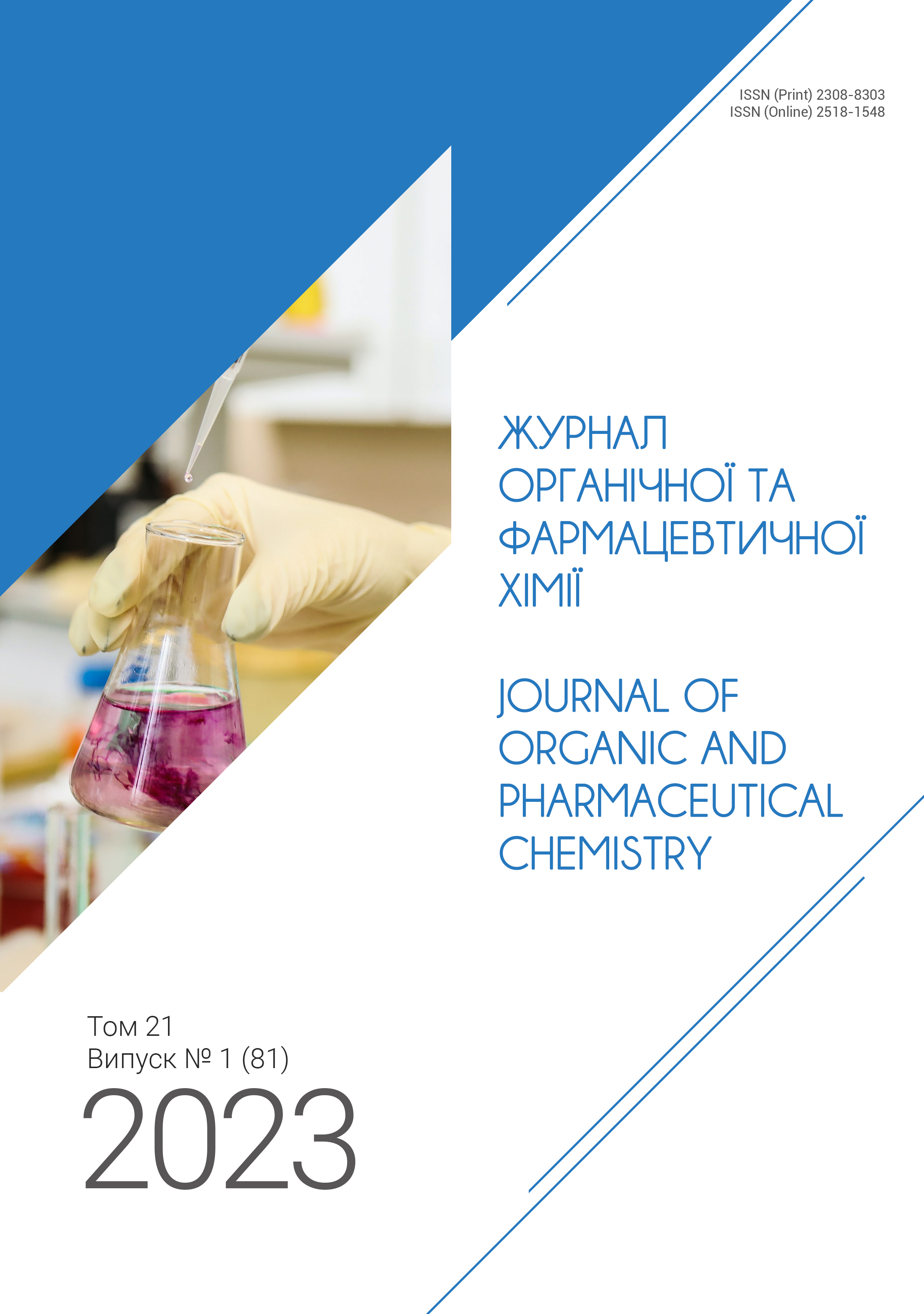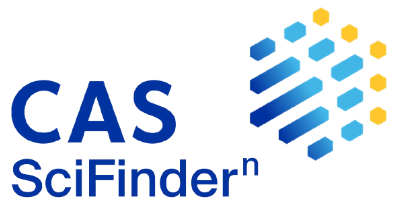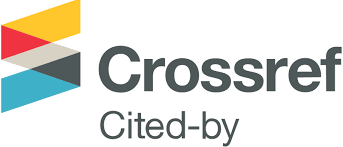The Search for Potential SARS-CoV-2 Inhibitors Using the In Silico Research
DOI:
https://doi.org/10.24959/ophcj.23.276412Keywords:
COVID-19 virus, Crinipellin А, flexible molecular docking, SARS-COV-2 inhibitorAbstract
Aim. Using in silico technologies to search for potential SARS-CoV-2 inhibitors among novel tetracyclic ring systems, which are the common core of Crinipellin.
Materials and methods. The study object was new compounds previously synthesized via oxidative dearomatization of Crinipellin A. The method of the flexible molecular docking was applied in the study.
Results and discussion. Using the molecular docking, the affinity of five compounds for the receptor-ACE2 SARS-CoV-2 (PDB ID: 7DF4), a spike protein SARS-CoV-2 (PDB ID: 1WNC), a PL protein SARS-CoV-2 (PDB ID: 7CJD) and a reverse transcriptase enzyme SARSCoV-2 (PDB ID: 6YYT) was studied. The results of the molecular docking obtained suggest that 8,8-dimethyl-5-(phenylsulfonyl)-3,3a,4,5,8,9-hexahydroindeno[3a,4-b]furan-2(7H)-one may be a potential SARS-CoV-2 inhibitor; it is the basis for its further experimental pharmacological study.
Conclusions. The study constitutes one of the stages of searching for SARS-CoV-2 inhibitors. According to the results obtained, a way to search for potential SARS-COV-2 inhibitors based on Crinipellin A derivatives was proposed. Using the most promising compound with hexahydroindeno[3a,4-b]furan core further studies open up another direction for searching for compounds of SARS-COV-2 inhibitors and will save time and laboratory animals while conducting targeted experimental research.
Supporting Agency
- The authors received no specific funding for this work.
Downloads
References
- Mohapatra, R. K.; Pintilie, L.; Kandi, V.; Sarangi, A. K.; Das, D.; Sahu, R.; Perekhoda, L. The recent challenges of highly contagious COVID-19, causing respiratory infections: Symptoms, diagnosis, transmission, possible vaccines, animal models, and immunotherapy. Chemical Biology & Drug Design 2020, 96 (5), 1187-1208. https://doi.org/10.1111/cbdd.13761.
 |
| 
- Sahu, R.; Mohapatra, R. K.; Al-Resayes, S. I.; Das, D.; Parhi, P. K.; Pintilie, L.; Azam, M. An Efficient Synthesis Towards the Core of Crinipellin and Alliacol-B Along With Their Docking Studies. Preprints.org 2020, 2020120206. https://doi.org/10.20944/preprints202012.0206.v1.
- Mohapatra, R. K.; Perekhoda, L.; Azam, M.; Suleiman, M.; Sarangi, A. K.; Semenets, A.; Pintilie, L.; Al-Resayes, S. I. Computational investigations of three main drugs and their comparison with synthesized compounds as potent inhibitors of SARS-CoV-2 main protease (Mpro): DFT, QSAR, molecular docking, and in silico toxicity analysis. Journal of King Saud University - Science 2021, 33 (2), 101315. https://doi.org/10.1016/j.jksus.2020.101315.
 |
| 
- Xia, S.; Zhu, Y.; Liu, M.; Lan, Q.; Xu, W.; Wu, Y.; Ying, T.; Liu, S.; Shi, Z.; Jiang, S.; Lu, L. Fusion mechanism of 2019-nCoV and fusion inhibitors targeting HR1 domain in spike protein. Cellular & Molecular Immunology 2020, 17 (7), 765-767. https://doi.org/10.1038/s41423-020-0374-2.
 |
| 
- Wrapp, D.; Wang, N.; Corbett, K. S.; Goldsmith, J. A.; Hsieh, C.-L.; Abiona, O.; Graham, B. S.; McLellan, J. S. Cryo-EM structure of the 2019-nCoV spike in the prefusion conformation. Science 2020, 367 (6483), 1260-1263. https://doi.org/10.1126/science.abb2507.
 |
| 
- Walls, A. C.; Park, Y.-J.; Tortorici, M. A.; Wall, A.; McGuire, A. T.; Veesler, D. Structure, Function, and Antigenicity of the SARS-CoV-2 Spike Glycoprotein. Cell 2020, 181 (2), 281-292.e6. https://doi.org/10.1016/j.cell.2020.02.058.
 |
| 
- Xu, Y.; Lou, Z.; Liu, Y.; Pang, H.; Tien, P.; Gao, G. F.; Rao, Z. Crystal Structure of Severe Acute Respiratory Syndrome Coronavirus Spike Protein Fusion Core . Biol. Chem. 2004, 279 (47), 49414-49419. https://doi.org/10.1074/jbc.M408782200.
 |
| 
- Hoffmann, M.; Kleine-Weber, H.; Schroeder, S.; Krüger, N.; Herrler, T.; Erichsen, S.; Schiergens, T. S.; Herrler, G.; Wu, N.-H.; Nitsche, A.; Müller, M. A.; Drosten, C.; Pöhlmann, S. SARS-CoV-2 Cell Entry Depends on ACE2 and TMPRSS2 and Is Blocked by a Clinically Proven Protease Inhibitor. Cell 2020, 181 (2), 271-280.e8. https://doi.org/10.1016/j.cell.2020.02.052.
 |
| 
- Xu, C.; Wang, Y.; Liu, C.; Zhang, C.; Han, W.; Hong, X.; Wang, Y.; Hong, Q.; Wang, S.; Zhao, Q.; Wang, Y.; Yang, Y.; Chen, K.; Zheng, W.; Kong, L.; Wang, F.; Zuo, Q.; Huang, Z.; Cong, Y. Conformational dynamics of SARS-CoV-2 trimeric spike glycoprotein in complex with receptor ACE2 revealed by cryo-EM. Science Advances 2021, 7 (1), eabe5575. https://doi.org/10.1126/sciadv.abe5575.
 |
| 
- Gao, X.; Qin, B.; Chen, P.; Zhu, K.; Hou, P.; Wojdyla, J. A.; Wang, M.; Cui, S. Crystal structure of SARS-CoV-2 papain-like protease. Acta Pharmaceutica Sinica B 2021, 11 (1), 237-245. https://doi.org/10.1016/j.apsb.2020.08.014.
 |
| 
- Hillen, H. S.; Kokic, G.; Farnung, L.; Dienemann, C.; Tegunov, D.; Cramer, P. Structure of replicating SARS-CoV-2 polymerase. Nature 2020, 584 (7819), 154-156. https://doi.org/10.1038/s41586-020-2368-8.
 |
| 
- Mohapatra, R. K.; El-ajaily, M. M.; Alassbaly, F. S.; Sarangi, A. K.; Das, D.; Maihub, A. A.; Ben-Gweirif, S. F.; Mahal, A.; Suleiman, M.; Perekhoda, L.; Azam, M.; Al-Noor, T. H. DFT, anticancer, antioxidant and molecular docking investigations of some ternary Ni(II) complexes with 2-[(E)-[4-(dimethylamino)phenyl]methyleneamino]phenol. Chemical Papers 2021, 75 (3), 1005-1019. https://doi.org/10.1007/s11696-020-01342-8.
Downloads
Published
How to Cite
Issue
Section
License
Copyright (c) 2023 National University of Pharmacy

This work is licensed under a Creative Commons Attribution 4.0 International License.
Authors publishing their works in the Journal of Organic and Pharmaceutical Chemistry agree with the following terms:
1. Authors retain copyright and grant the journal the right of the first publication of the work under Creative Commons Attribution License allowing everyone to distribute and re-use the published material if proper citation of the original publication is given.
2. Authors are able to enter into separate, additional contractual arrangements for the non-exclusive distribution of the journal’s published version of the work (e.g., post it to an institutional repository or publish it in a book) providing proper citation of the original publication.
3. Authors are permitted and encouraged to post their work online (e.g. in institutional repositories or on authors’ personal websites) prior to and during the submission process, as it can lead to productive exchanges, as well as earlier and greater citation of published work (see The Effect of Open Access).















